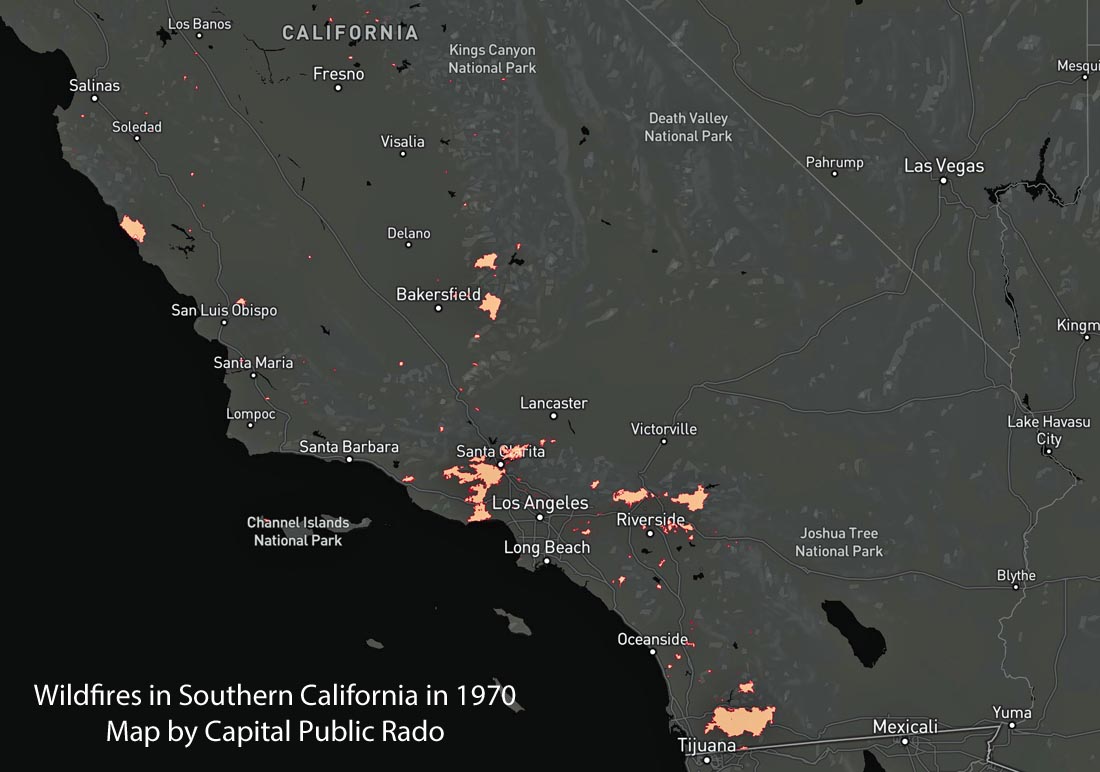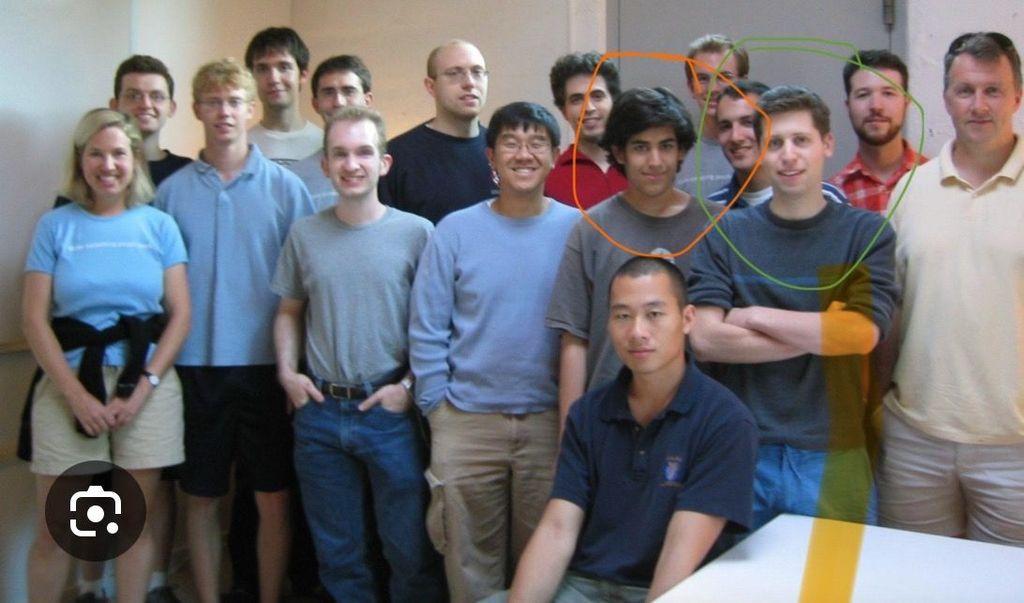
The wildfires in 1970 brought about FIRESCOPE, changing the way emergencies are managed
FIRESCOPE has produced a video that describes the evolution of the Incident Command System after the disastrous fire season of 1970.
During a 13-day period in Southern California in 1970, 773 wildfires burned 576,508 acres, destroyed 722 homes and killed 16 people. At the time there was no widely accepted interagency standard for organizing a management structure at an emergency or for sharing resources across agency and state boundaries. To help deal with these issues the federal government funded a project in Southern California called “FIrefighting REsources of Southern California Organized for Potential Emergencies” — FIRESCOPE. Later when the rest of the state bought into the effort the name was changed, leaving out the word “Southern”, becoming “FIrefighting RESources of California Organized for Potential Emergencies”, but retaining the same acronym, FIRESCOPE.
In the early 1970s tests of the Incident Command System, later also known as the National Interagency Incident Management System (NIIMS), began. By 1982 NIIMS and the Multi-Agency Coordination System (MACS) developed by FIRESCOPE had been fully implemented in some areas. In 1987, the Federal Emergency Management Agency (FEMA) recognized the value of the management concepts of ICS/NIIMS and MACS when used for many types of incidents. Sixteen months after the September 11, 2001 terrorist attacks the President ordered the Director of Homeland Security to develop, submit for review, and administer a National Incident Management System (NIMS). The next year the Secretary of the Department of Homeland Security issued a memorandum formally adopting the National Incident Management System (NIMS) as the national model. NIMS was built upon NIIMS and was very recognizable to first responders who had been using it since 1982.
Leave a Comment
Related Posts

















